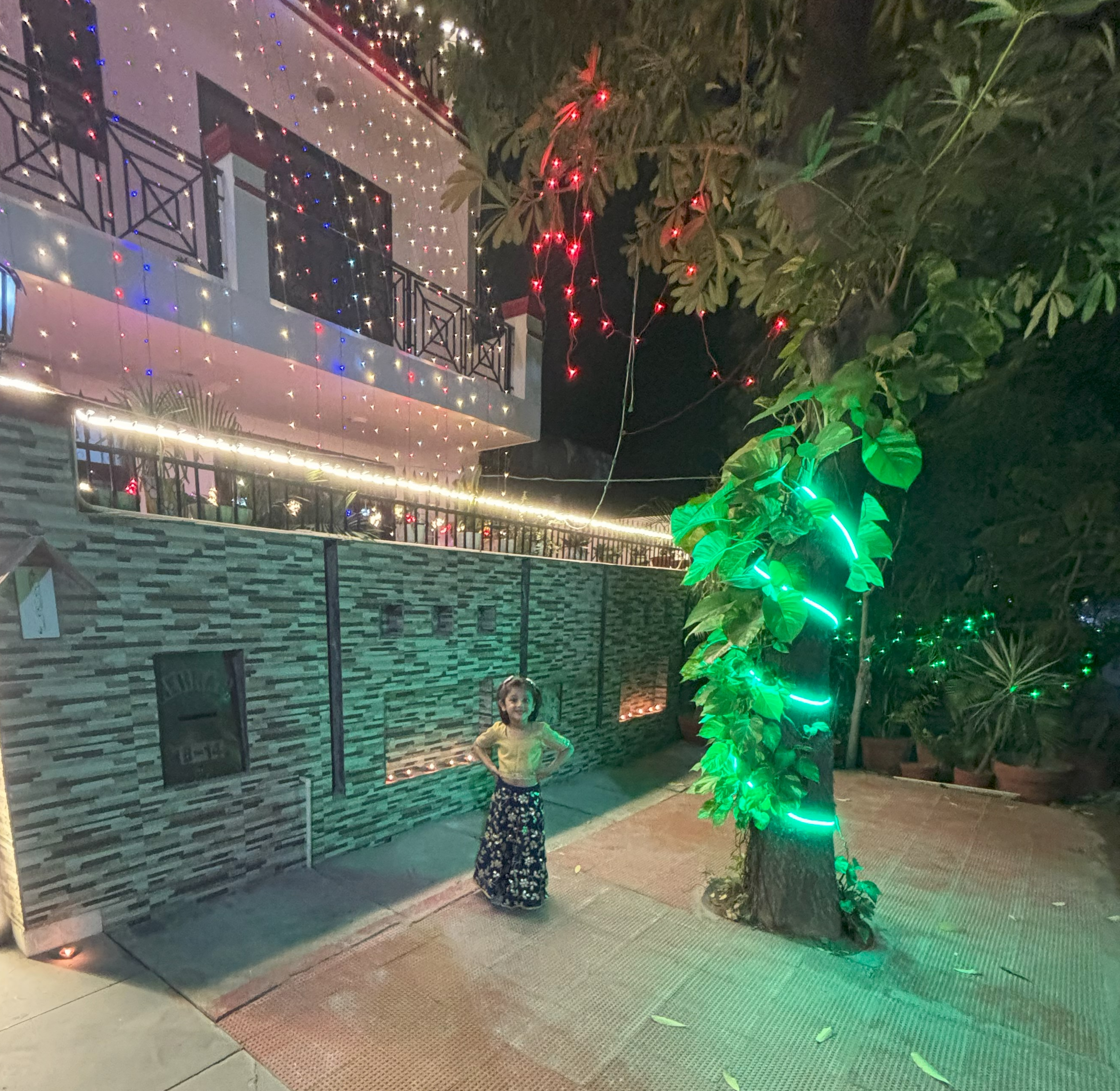India is a diverse country. Every state, every city has so much to offer . Travel from North to South, East to West and you will get to know a new language, taste new cuisines, explore new festivities, dress up in different clothes and learn so much more. There is so much rich cultural heritage and history to offer in our country. The festivals bring in so much love and joy among each one in the family. These religious festivals of India not only bring joy and excitement but also impart valuable lessons about traditions and values. let us explore some of these famous festivals of India which kids adore highlighting the grandeur which bring so much excitement within the young hearts.
Diwali – The Festival of Light
Diwali or Deepavali is one of the most popular festivals of India. It is celebrated all across India with full excitement. It s the festival of happiness , symbolises the triumph of virtue over evil. Meeting family and friends, decorating the house with lights, rangoli and flowers brings in so much of excitement particularly in children. Placing brightly lit diyas (oil lamps) creates an ambience of warmth and joy.
It signifies Lord Rama’s arrival back in Ayodhya following his victory over the evil king Ravana. This story should be taught to every child so that they know the essence of this festival and why it is celebrated. Because of this win the whole of Ayodhya city was lit up . Every house had put lights and diyas in their houses and also burned crackers to welcome Lord Ram along with Sita and Lakshman. Sweets was distributed among everyone to celebrate.
Even today the tradition is followed, children burn crackers, decorate houses. wear new clothes and exchange gifts and sweets among family and friends making the festival even more memorable. This festival offers a blend of cultural, social and spiritual significance instilling a sense of unity and happiness in young minds.
Holi – Festival of Colours
Holi is another festival in India which is celebrated with a lot of excitement and happiness among the people of our country. Children get ready with their water colours , balloons and water guns to play with each other. Putting colours on each others face, throwing water balloons on each other brings in so much of joy on their faces. This exuberant festival marks the arrival of spring and signifies the victory of good over evil. Holi marks the end of winter and the beginning of spring.
Holi is celebrated to represent the triumph of good over evil. The story of Holi goes as follows Hiranyakashipu was an evil king. He had special powers that made him nearly invincible and he wanted everyone in his kingdom to worship him.Hiranyakashipu had a son called Prahlad. Prahlad disobeyed his father and worshipped Vishnu instead of him, so his father planned to kill him. The king asked his sister Holika to help kill Prahlad. Holika had a special cloak that would protect her from fire. So she planned to trick Prahlad by taking him into a fire. But because she was using her powers for evil, the plan failed and the cloak flew from Holika and covered Prahlad. Prahlad was safe and Vishnu then defeated the evil king.
Holi celebrations start with a bonfire called “Holika Dahan,” symbolising the triumph of virtue over vice. The next day everyone celebrates the festival with putting colours on each other creating an atmosphere of pure delight and camaraderie. This colourful revelry strengthens bonds among family and friends and fosters a sense of unity beyond cultural boundaries.
Independence Day
Independence Day is celebrated on 15th Aug in India and it is our National Festival. It is the celebration of the freedom for India from the British Rule. Children participate in various school events and activities for Independence Day celebrations.
Children make tricolour flags and participate in flag hoisting ceremonies. Schools organise various cultural programs where children showcase their talent, participate in various activities, take part in speeches . The National festival of India serves as a reminder of the sacrifices made by freedom fighters, instilling a sense of gratitude and responsibility in young minds to uphold India’s sovereignty and unity.
Republic Day
Republic Day is celebrated on the 26th Jan. On this day India was established as a sovereign, socialist, secular, and democratic republic. On this day the adoption of the Indian Constitution took place.
The grand Republic Day parade is held in New Delhi every year. It is a very eventful function which the children particularly enjoy. It becomes a center of attraction showcasing India’s diversity, culture, and military prowess.
Children watch in excitement the impressive tableaux from different states, the marching bands of the defense forces and the breathtaking air show by the Indian Air Force unfold before their eyes. This national festival of India celebrates a sense of national pride and unity, as kids witness the country’s strength and its commitment to diversity.
Navratri
Navratri is know as the Festival of nine Nights. It is dedicated to goddess Durga and her different manifestations. This festival holds a lot of cultural importance across different regions of India. For kids, Navratri is a time of vibrant festivities. They actively participate in the colourful and energetic Garba and Dandiya Raas dances and enjoy the whole festive atmosphere.
Wearing traditional outfits children come together with family and friends and dance in circles called dandiya dance and express their joy and devotion to the goddess. Navratri is not only a time of celebration but also an occasion to learn about Indian mythology and culture, making it a cherished experience for kids.
Ganesh Chaturthi
It is a famous religious festival which is celebrated across India espically in Maharashtra. This festival honours Lord Ganesha, the elephant-headed deity, who is revered as the remover of obstacles and the god of wisdom and prosperity. Lord Ganesha is worshipped by all big and small.
Children particularly like this festival as it brings in a happy, joyous and vibrant atmosphere in their communities. Ganesh Chaturthi spans over ten days, and each day brings distinct rituals and festivities. Kids enjoy singing bhajans and performing cultural events, expressing their devotion to Lord Ganesha. On the final day, a grand procession is carried out to immerse the Ganesha idols in water bodies, symbolising the return of the lord to his divine abode.
Ganesh Chaturthi, also known as Vinayaka Chaturthi, is a significant religious festival celebrated across India, especially in Maharashtra. This joyous occasion honors Lord Ganesha, the elephant-headed deity, who is revered as the remover of obstacles and the god of wisdom and prosperity. Kids eagerly anticipate Ganesh Chaturthi as it brings a vibrant and festive atmosphere to their communities.
Making eco friendly Ganesha using mud and clay has become very popular now encouraging children to use eco-friendly materials for making idols and avoiding harmful pollutants. This not only protects the environment but also imparts valuable lessons of environmental responsibility to young minds.
Conclusion
Each festival is unique in its own ways and each one of them foster a sense of community bonding as people come together to celebrate, share sweets, and exchange greetings. Children eagerly participate in the festivities, dancing and singing with joy and enthusiasm. Festivals of India for kids are a means to learn the history and culture of India, develop social skills, encourage respect and tolerance, boost their creativity, and more.

